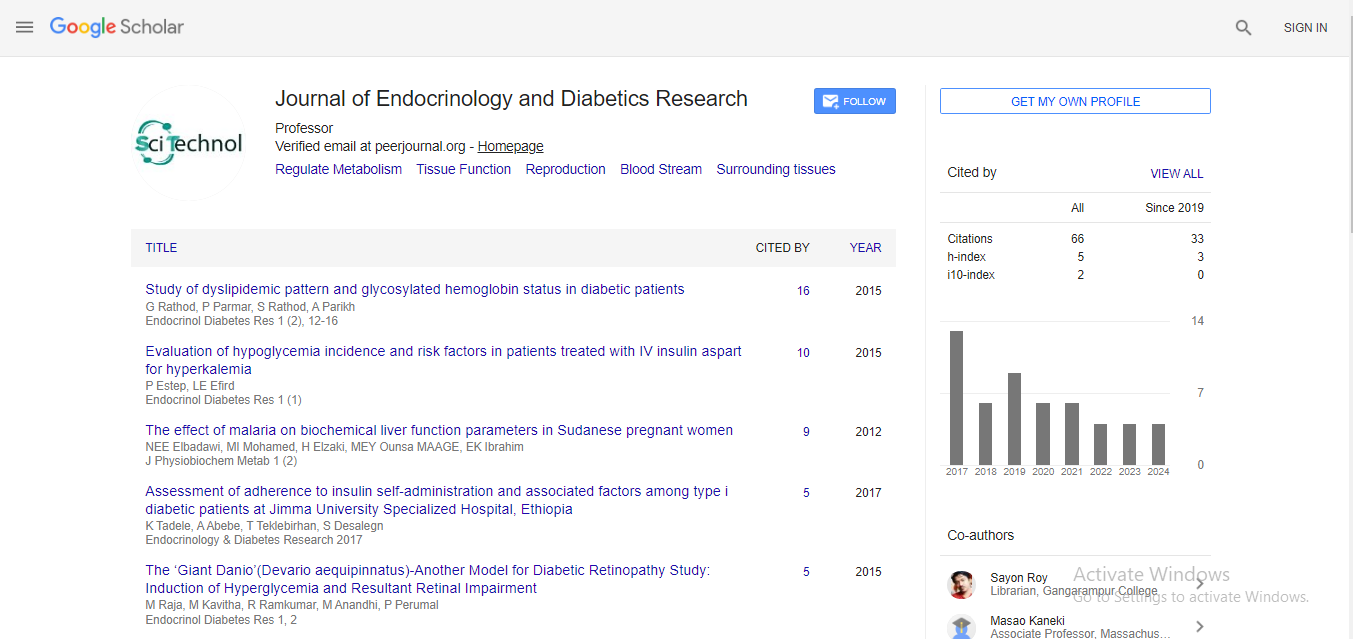Editorial, Endocrinol Diabetes Res E Vol: 7 Issue: 5
Basal Metabolic Rate
Andrews Belen
Department of Nursing, University of Malaga, Spain *Corresponding Author: Andrews Belen, Department of Nursing, University of Malaga, Spain
Editorial Digestion is the interaction your body uses to get or make energy from the food you eat. Food is comprised of proteins and fats. Synthetic compounds in your stomach-related framework separate the food parts into sugars and acids, your body's fuel. Your body can utilize this fuel immediately, or it can store the energy in your body tissues, like your liver, muscles, and muscle to fat ratio. A metabolic issue happens when unusual substance responses in your body disturb this interaction. At the point when this occurs, you may have a lot of certain substances or excessively little of different ones that you need to remain solid. There are various gatherings of issues. Some influence the breakdown of amino acids or lipids. Another gathering, mitochondrial sickness influences the pieces of the phones that produce the energy. There are two classifications of digestion: catabolism and anabolism. Catabolism is the breakdown of natural matter, and anabolism utilizes energy to develop segments of cells, like proteins and nucleic acids. The synthetic responses in the metabolic interaction are coordinated into metabolic pathways whereby one compound is changed through a progression of steps into another substance. Chemicals aid this cycle by working with responses and filling in as impetuses for the responses to happen. The responses would not happen without catalysts, which react to signals among cells and manage the metabolic pathway
 Spanish
Spanish  Chinese
Chinese  Russian
Russian  German
German  French
French  Japanese
Japanese  Portuguese
Portuguese  Hindi
Hindi 


